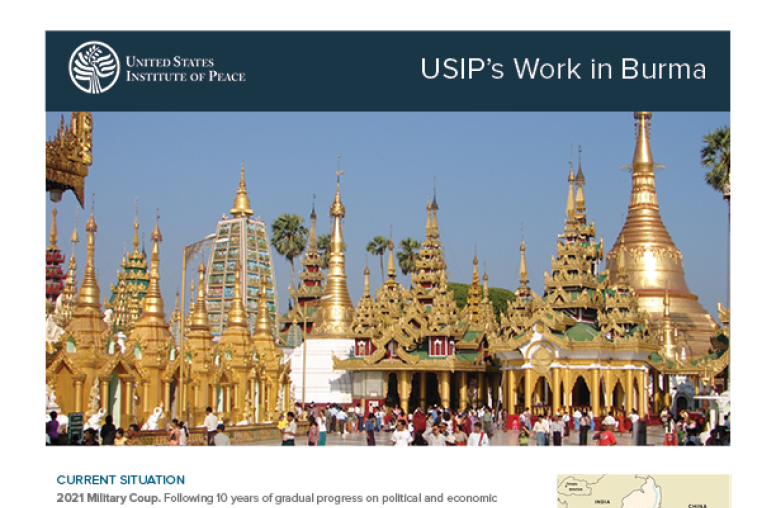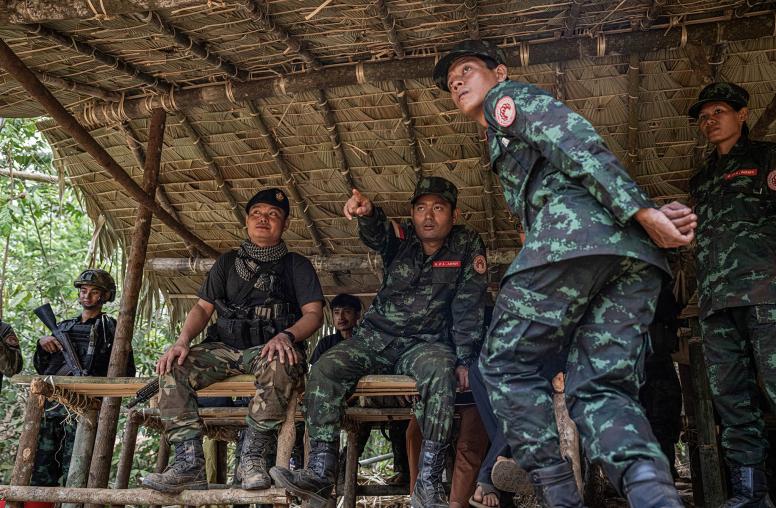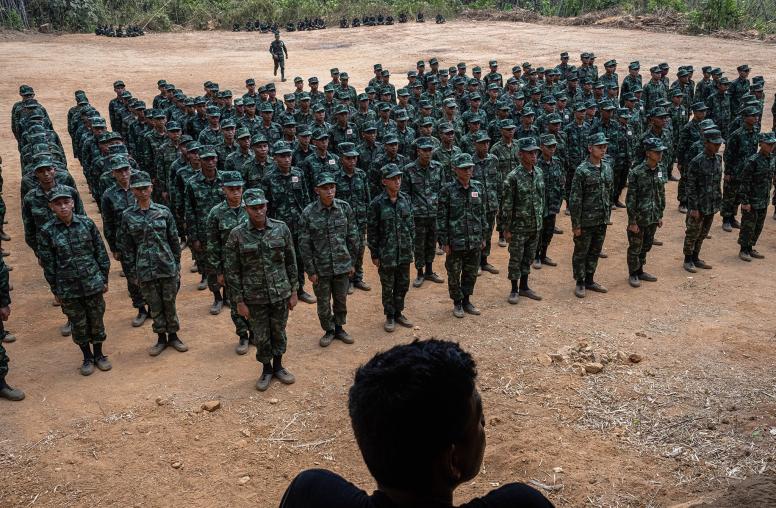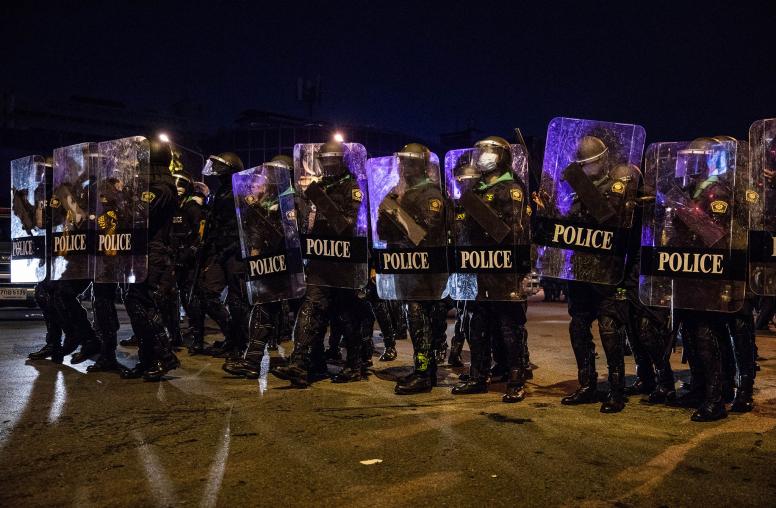The second major political dialogue of Burma’s peace process was supposed to begin on February 28. But reports this week indicate that the meeting will be delayed until March. As Burma’s leaders scramble to bring all the relevant parties to the table, China also is playing a role in getting the process back on track.

The meeting was delayed because Burma’s government is still trying to persuade ethnic armed organizations who have yet to sign the Nationwide Ceasefire Agreement to participate fully in the process. At the moment, any group that wants to take part must first lay down its arms and sign that agreement. That’s a tall order for some of the groups who are in active conflict with Burma’s military.
State Counsellor Daw Aung Sang Suu Kyi has made this peace process a priority for the nearly one-year-old government led by her National League for Democracy party. The effort doesn’t directly address the religious tensions related to the more globally familiar Rohingya issue, but it is intended to end decades of violent conflict between the military and the country’s array of armed organizations seeking recognition for their ethnic groups.
To help bring the parties back to the table, the Union Peace Dialogue Joint Committee, which is made up of representatives from government, the armed groups and the political parties, is holding a series of smaller dialogues. These are being conducted in different regions of the country to address a range of long-standing grievances.
While the joint committee tries to bring coherence to the process from inside Burma, China has tried to help from the outside. China and Burma recently held meetings of senior defense and foreign ministry officials to discuss the peace process and the ongoing fighting between the Burma military and ethnic armed groups along the Chinese border. China’s ambassador to Burma encouraged these groups to agree to a ceasefire, and officials in Beijing have urged all parties to commit to a political solution.
Voices on both sides of the border have called on Beijing to play a larger role in Burma’s peace process, and China’s foreign ministry offered to host talks in Yunnan aimed at mediating a ceasefire agreement. But the effort fell apart in December when the parties could not agree on the structure of the talks.
Meanwhile, the fighting in Burma’s north has continued. In January, China’s Special Envoy of Asian Affairs met with the Burma Army chief as well as leaders from the armed groups involved and called for a pause in fighting during the Lunar New Year.
Despite these efforts, China’s ability to influence the dynamics inside Burma is limited. For the March conference to succeed, the military and the groups that haven’t signed the nationwide agreement need to find creative solutions that will help bring all of the key parties to the table.
That means the fighting in the north must stop, so that those involved can begin to build trust with one another. Leadership is critical, and Suu Kyi and her party need to find a balance with the military so they can lead on this issue more effectively.



